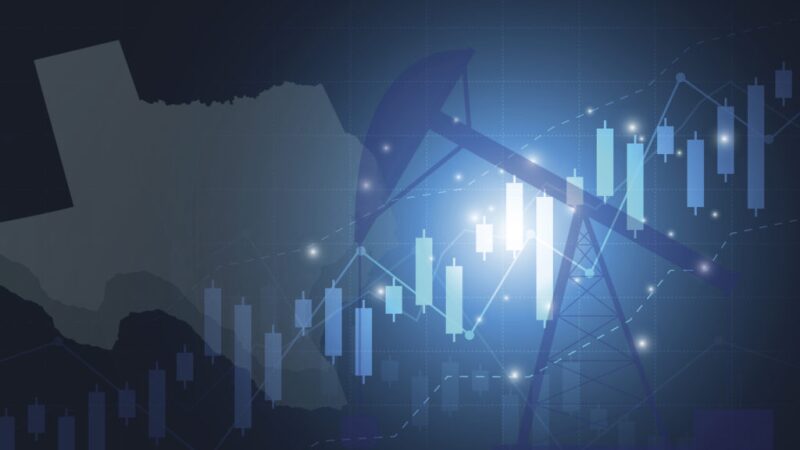The oil and gas business in Texas and surrounding states has surged back since the start of the year.
Measures of oil and gas activity, spending, and costs went from depressed to up sharply from the last quarter of 2020 to this year’s first quarter, according to a survey by the Federal Reserve Bank of Dallas.
Its broadest measure of the condition of the industry in its five-state region moved from 18.5 from to 53.6, which is the highest level ever for the 5-year old index designed to highlight trend changes..
Oilfield services companies benefited from a rise in capital spending—an index that more than doubled.
As a result, the index based on oilfield equipment working jumped to 63.2, which is now as strong as that index had been weak in the previous quarter when it stood at 6.
The gains reflect how far down those indexes were last year when the deep slump in oil prices to slow the spread of COVID-19 crushed oil demand.
The hiring trend also looks better than it was, which was quite bad. That index went from shrinking—minus 11.7—to 8.4.

When operators and service companies were asked about their hiring plans, more than half said they expect no change in their workforce, while 34% predicted a slight increase from levels reached last year after widespread layoffs.
The percentage expecting their hiring to increase significantly is equal to those expecting a slight staffing decrease, with each at 5%.
The sector which cut deepest last year, the service companies, are more likely to be hiring with more than half of them expecting to hire this year, compared to 32% of the oil companies.
Those still working for service companies may feel better at work this year. One person surveyed in that sector said, “Our activity level is steadily increasing, but we are increasing wages almost daily to retain quality employees.”
There is a wariness behind this recovery built on oil prices that surged to nearly $70/bbl before sinking back to around $60/bbl.
At those levels, the many companies in the district that depend on production from unconventional plays can make some money.
The mean breakeven price for oil produced in the Delaware Basin of the Permian is $26/bbl, and the mean price needed to justify drilling a well there is $49/bbl—the same prices noted as in the first quarter of 2019.
The greatest number of jobs are associated with new wells, which are up as companies drill to sustain their output as older wells rapidly decline.
Nationally, the US rig count is up about 50% for the quarter, while fracturing activity was up 25% for the period, according to a report from Morgan Stanley.
Continued rapid growth bringing the US industry back to a stronger position comes with the risk that OPEC will do the same and oil prices will again collapse, which the investment firm said is not likely.
“Despite stronger oil prices, US operators have largely endorsed plans to remain disciplined and cap 2021 spending at levels that holds US production roughly flat,” it said.
Global oilfield spending this year will be better than last year, but it is well below 2019 levels, according to Westwood Global Energy Group. Its report from earlier this week predicted steady growth in the coming years, reaching a level in 2025 that is still short of what it was globally in 2018 and 2019.
Among the oil executives surveyed, one thing that is not looking up is the political outlook since a Democrat, US President Joe Biden, took office. When asked if they are concerned that regulation would make their business unprofitable, 56% said they were.
An executive with serious concerns said, “With the current political sentiment against oil and gas, I am beginning to question how much longer I will continue to risk capital in this business.”
Another saw something positive coming out of those regulations: “We are concerned about the federal leasing moratorium and political activity in New Mexico. Curtailment will simply push prices up and rigs elsewhere (or to OPEC).”
And one is getting some business from the transition: “The small increase in activity for us is mostly related to solar farms with mineral agreements.”


